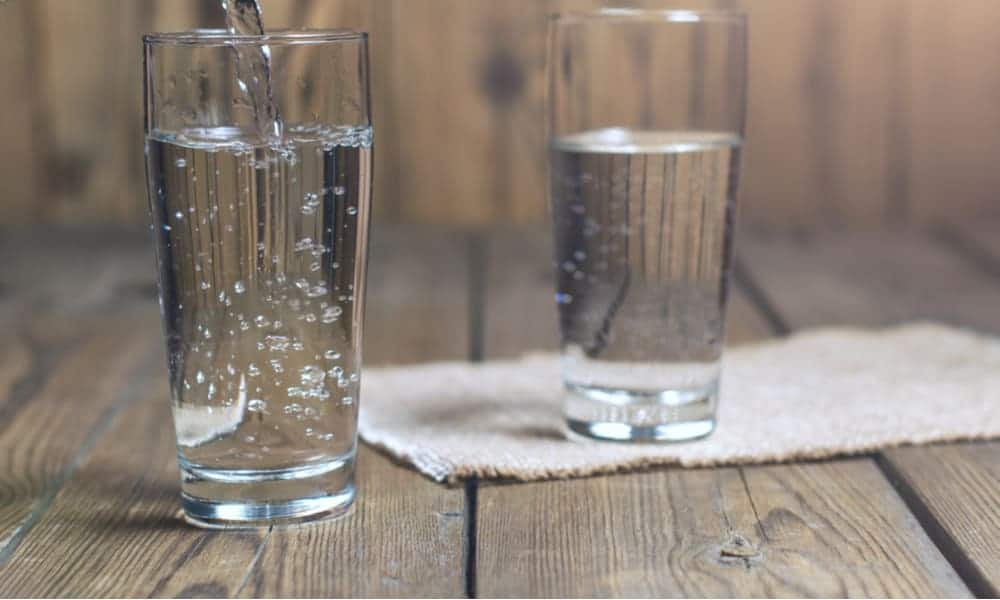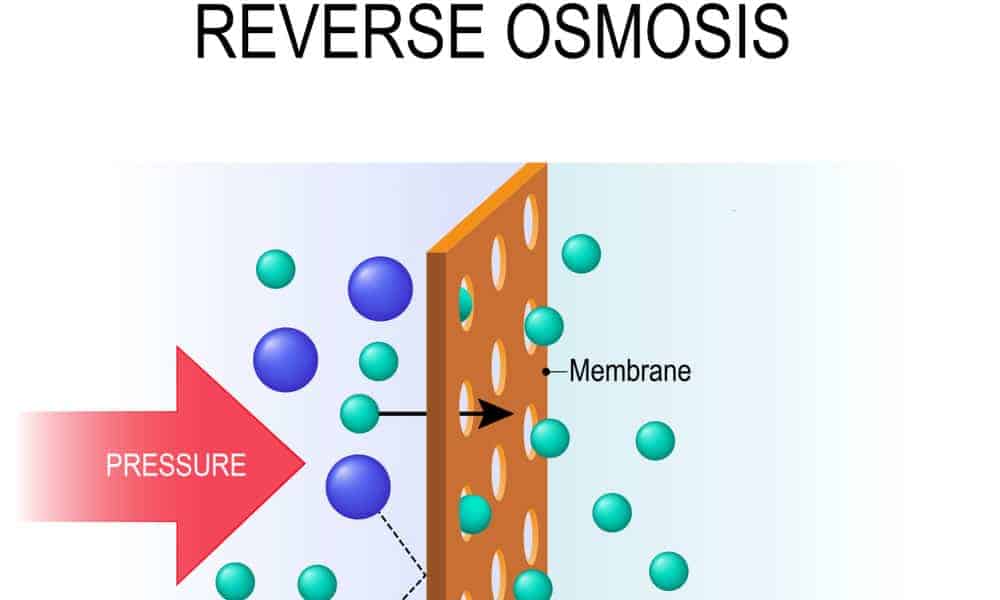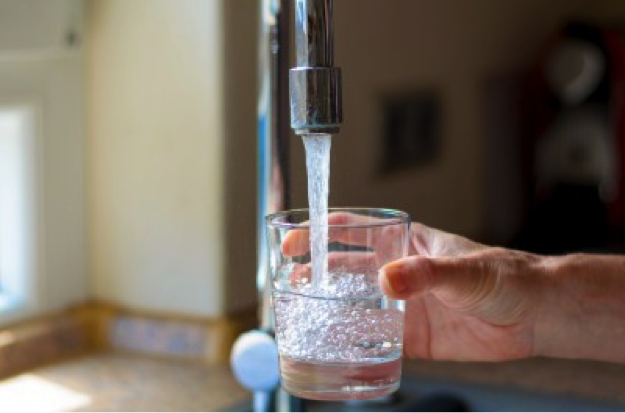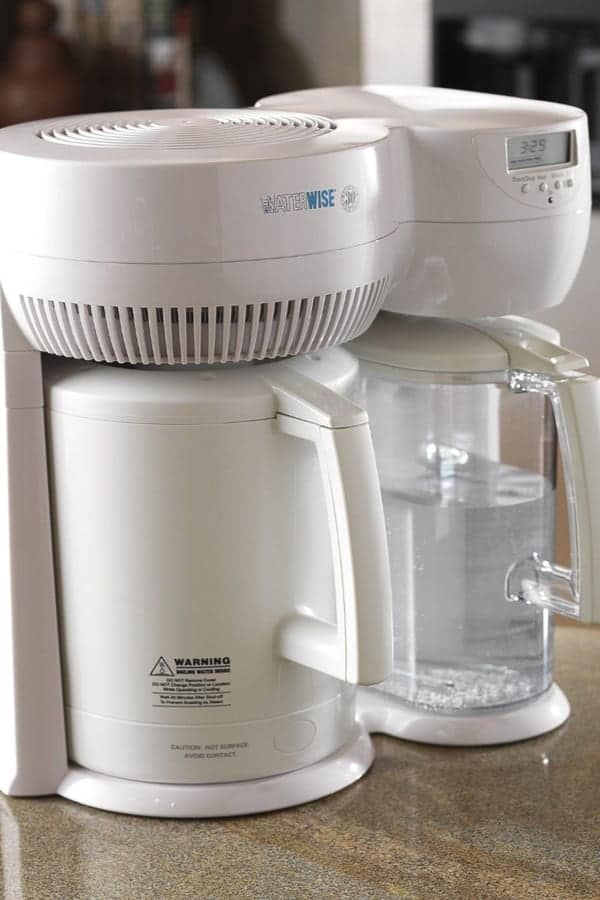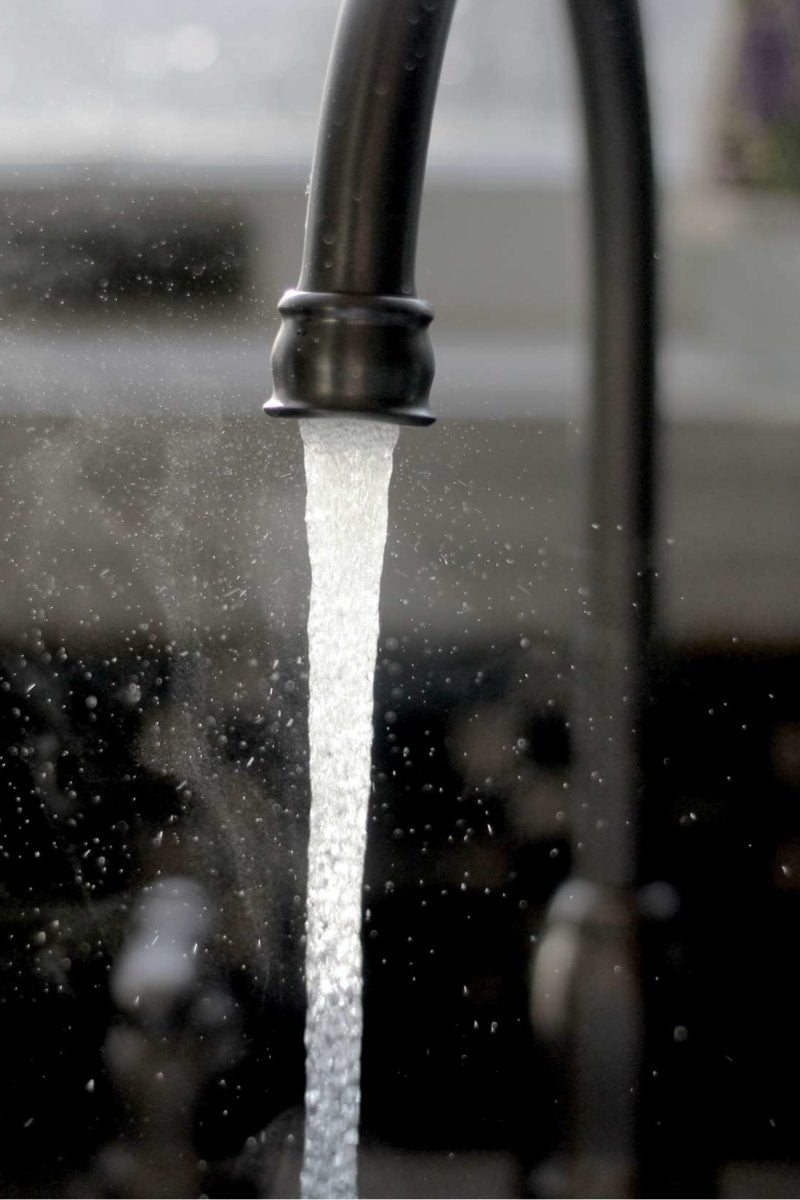How To Remove Chlorine From Tap Water Uk

As a safety precaution it might be a good idea to reduce or remove chlorine and chloramine from drinking water to.
How to remove chlorine from tap water uk. However its still important to understand that there are dangers associated with long-term consumption of high levels of chlorine with links to serious health issues. Boil the water and let it cool. The CKC1C features a tall 10 5-micron carbon filter cartridge that removes up to 95 of chlorine from tap water as well as sand silt rust and a variety of chemicals.
Install and filter the tap water through an RO Reverse Osmosis unit but make sure it is a quality model that is designed to remove chlorine chloramines and ammonia. The strength of this chlorine scent will usually depend on the distance of which your public water source is from your building. How to remove chlorine from drinking water.
Chlorine and chloramine are added to tap water to make it safe for drinking and generally should not have any negative health impact. 78 gallon of tap water yes. It may be worth considering a chlorine filter to fight against chlorine from drinking water in your home a water softener with a carbon water filter will greatly reduce the level of chlorine in water and eliminate the chlorine smell and taste.
Two Ways to Remove Chlorine from Tap Water. That jugs filling will have a stored tap. In fact many households are looking to remove chlorine and chloramine from their tap water.
Then NO chlorine odor or taste as the chlorine gas dissipatesdegasifies from the jug without having a lid. Friday 13 May 2016 1558 WaterFilterShopcouk. If you are concerned about the high levels of chlorine fluoride and other chemicals in your drinking water you can.
A conservative guess can put the number at 14. A reverse osmosis filtrations system will remove 99 of all contaminants in the water including heavy metals and pesticides. Fluoride in the drinking water can lead to serious health problems including dental fluorosis which causes bright white spotting on the tooth surface in children and bone cancer in young boys.
